The serpentine belt, a crucial component under the hood of your vehicle, often goes unnoticed until it fails. This indispensable part keeps your vehicle running smoothly by powering vital systems. Our comprehensive guide will illuminate its functions, selection process, lifespan, replacement tips, and cost insights.
Table of Contents:
– What is a serpentine belt?
– What does a serpentine belt do?
– How to choose a serpentine belt?
– How long do serpentine belts last?
– How to replace a serpentine belt?
– How much are serpentine belts?
What is a serpentine belt?
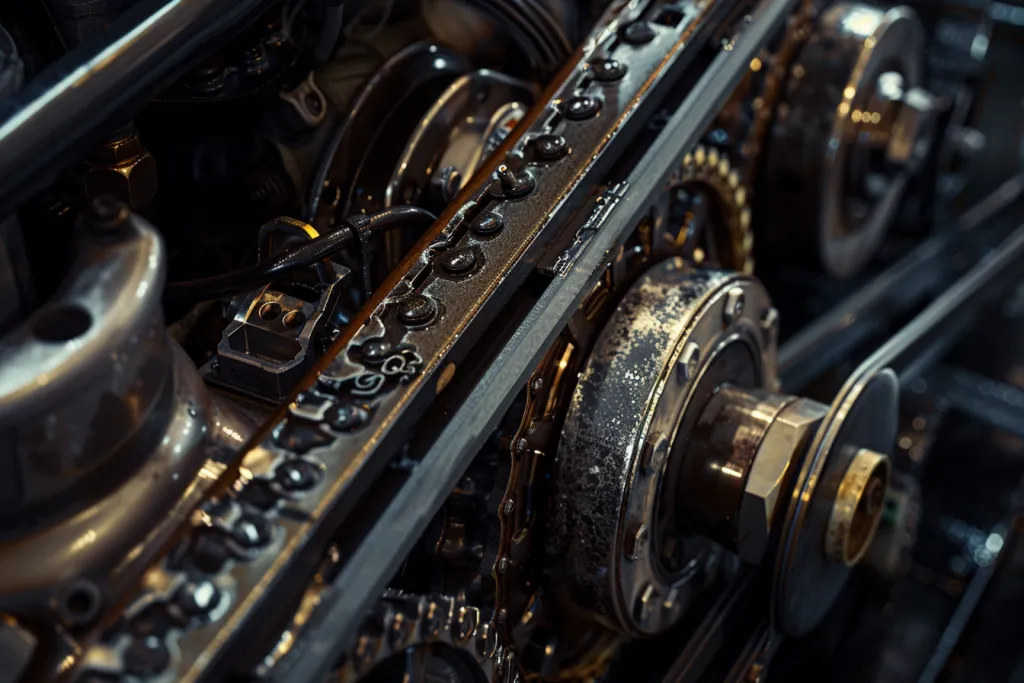
A serpentine belt is a long, winding belt that plays a pivotal role in the operation of your vehicle’s ancillary components. Unlike older multi-belt systems, the serpentine belt integrates the functionality of several belts into one efficient package. Made from durable rubber compounds designed to withstand extreme conditions, it features multiple V-shaped grooves that align with corresponding pulleys on various devices.
This belt’s unique design allows it to deliver power from the engine’s crankshaft to various peripherals, such as the alternator, power steering pump, air conditioning compressor, and sometimes the water pump. The evolution of the serpentine belt has significantly simplified engine layouts, reducing the overall space needed for belt systems and enhancing vehicle efficiency.
What does a serpentine belt do?
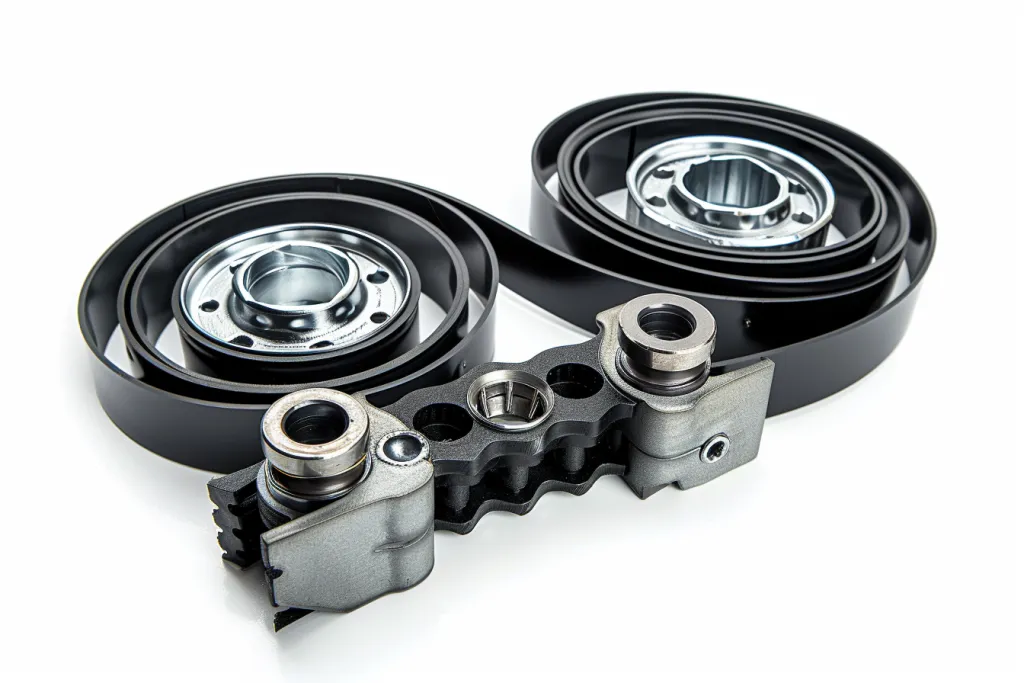
The serpentine belt is the unsung hero of the engine compartment, ensuring that all connected components receive the mechanical power necessary to function. Without this belt, critical systems like the alternator, which charges the battery, and the power steering system, which aids in vehicle handling, would cease to operate. Additionally, the serpentine belt drives the air conditioning compressor, providing comfort to the vehicle’s occupants.
Moreover, in some engines, the serpentine belt is also responsible for driving the water pump, crucial for circulating coolant and maintaining optimal engine temperatures. Its ability to simultaneously power multiple components efficiently is what makes the serpentine belt indispensable for modern vehicle operation.
How to choose a serpentine belt?
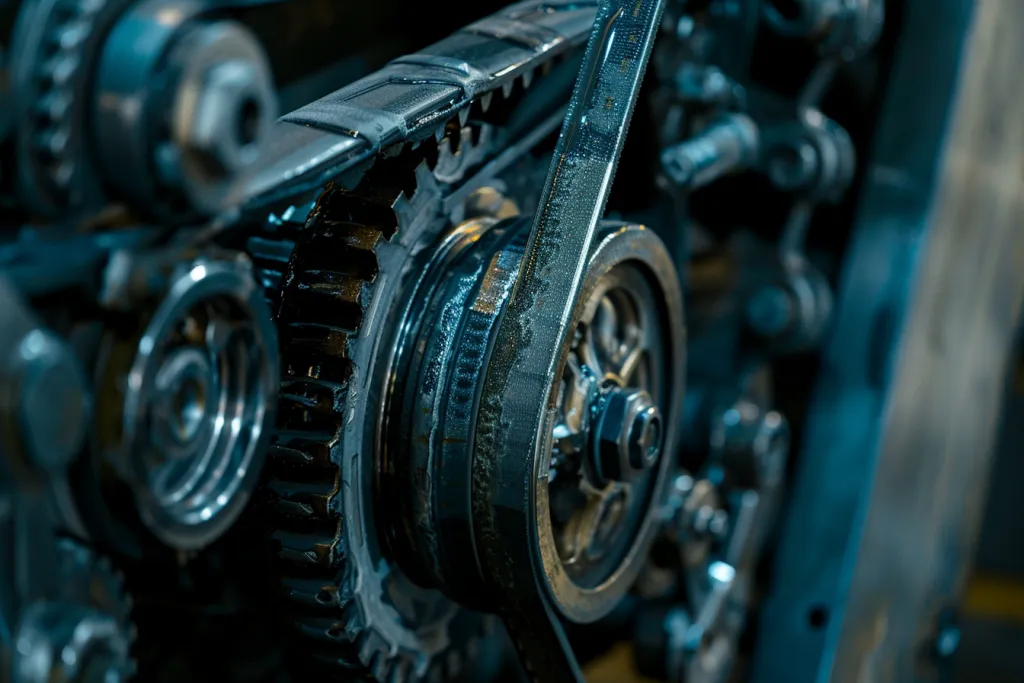
Selecting the right serpentine belt involves considering several factors, including material quality, size, and compatibility with your vehicle. First, ensure the belt is made from high-grade rubber with reinforced fibers, as this enhances durability and resistance to heat and abrasion. Next, the belt’s length and width must exactly match the original specifications to ensure proper tension and alignment.
Compatibility is also paramount; the belt must be designed to fit your vehicle’s specific make and model. Consulting the vehicle’s manual or a trusted parts database can provide the necessary specifications. Additionally, consider belts that offer noise-reducing technology if your vehicle is prone to belt squeal.
How long do serpentine belts last?
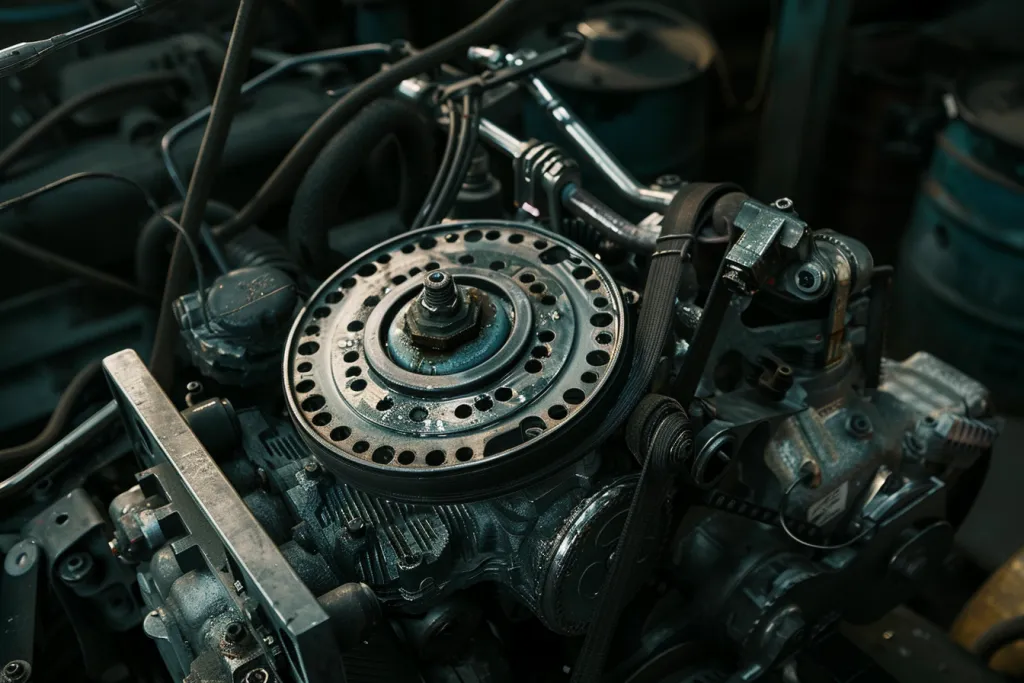
The lifespan of a serpentine belt can vary widely based on driving conditions, environmental factors, and the quality of the belt itself. Typically, a serpentine belt should last between 50,000 to 100,000 miles. However, belts in vehicles frequently driven in harsh conditions, such as extreme temperatures or dusty environments, may require more frequent replacement.
Regular inspections can help identify signs of wear, such as cracks, fraying, or material degradation. Proactive replacement of the belt before it fails can prevent roadside breakdowns and potential damage to other components.
How to replace a serpentine belt?
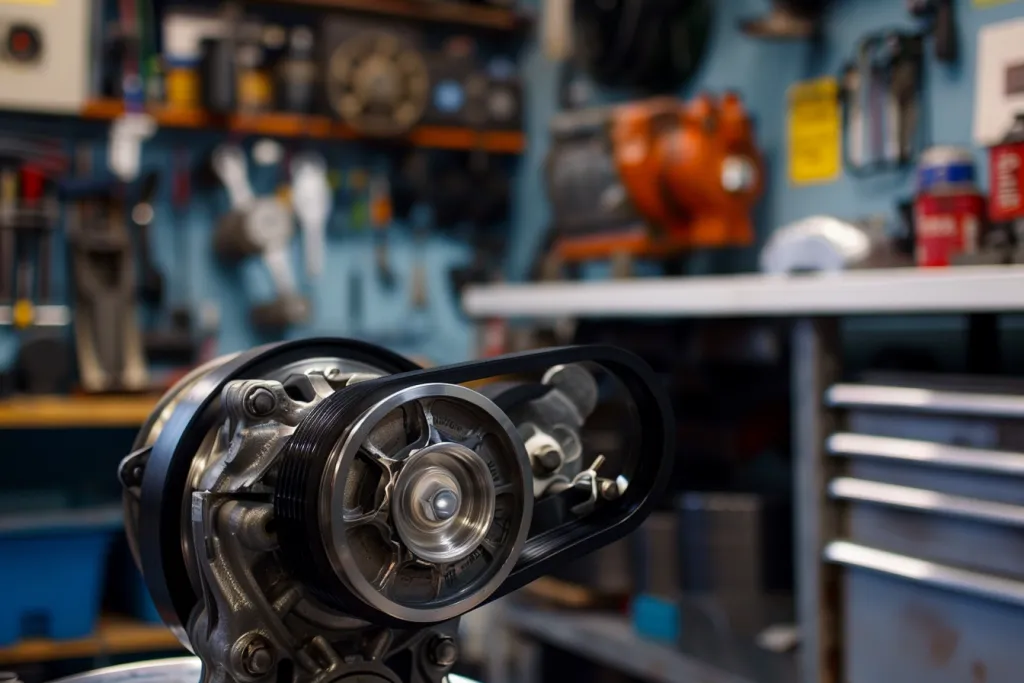
Replacing a serpentine belt is a task that can range from straightforward to complex, depending on the vehicle’s design. First, locate the belt routing diagram, usually found in the engine bay or the vehicle’s manual, to ensure proper installation. Relieving tension from the belt tensioner, typically with a wrench or special tool, allows the old belt to be removed.
Carefully route the new belt around the pulleys according to the diagram, ensuring it sits properly in all grooves. Finally, re-apply tension to secure the belt. It’s crucial to double-check the belt’s alignment and tension before starting the vehicle. If unsure, consult a professional to avoid potential damage.
How much are serpentine belts?
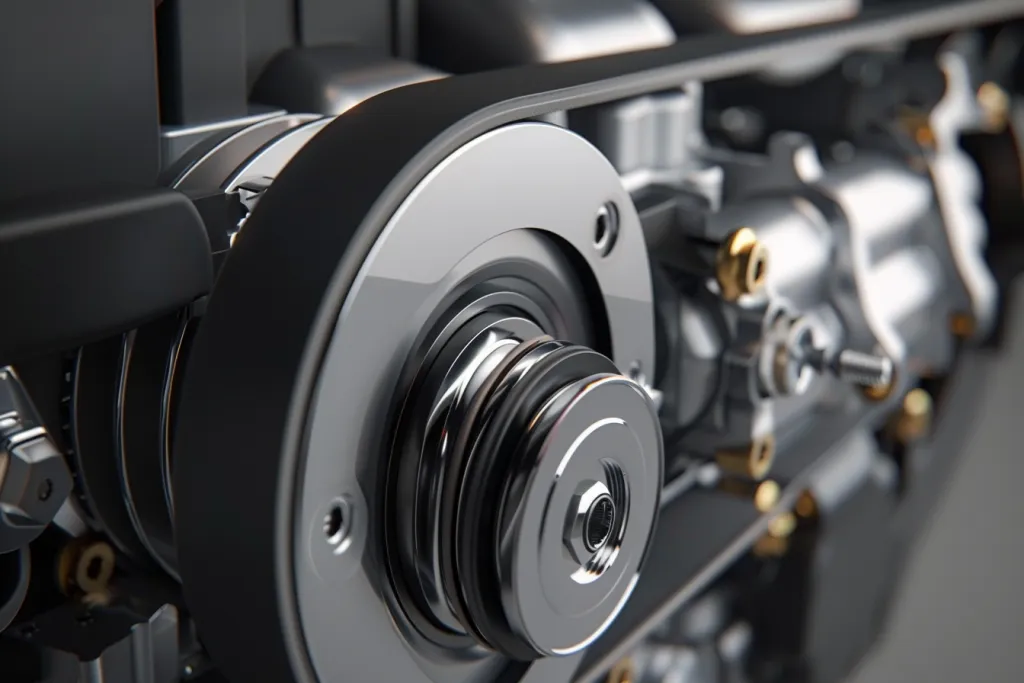
The cost of serpentine belts varies depending on the vehicle make and model, as well as the quality of the belt. On average, a serpentine belt can range from $20 to $75. Premium belts, which may offer longer life or special features like noise reduction, can be on the higher end of this spectrum.
It’s important to consider both cost and quality when purchasing a serpentine belt. Opting for a cheaper option might save money initially but could lead to increased wear and potential failure, costing more in the long run.
Conclusion:
The serpentine belt is a key component that keeps your vehicle’s essential systems running smoothly. Understanding its function, how to choose the right one, its lifespan, and replacement process can save you time and money. Regular maintenance and prompt replacement of the serpentine belt can prevent breakdowns and ensure your vehicle operates efficiently for years to come.



